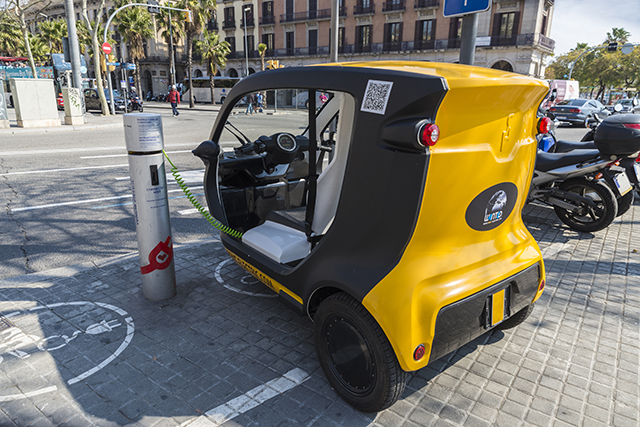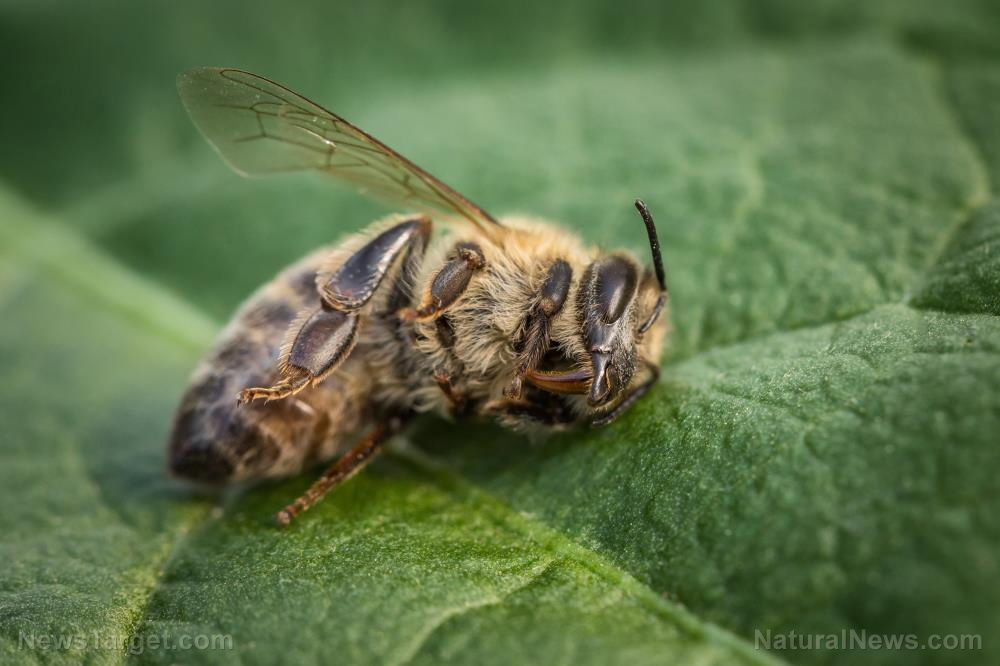Bees declared “the most important living being on the planet,” but they may soon be extinct
11/23/2020 / By Michael Alexander

Experts during a debate hosted by the Royal Geographical Society of London made two announcements regarding the nature of bees: one, that they are the most important living beings on the planet, and two, that they are at risk of extinction.
As noted by the Earthwatch Institute during the debates, bees around the world have decreased by up to 90 percent, mainly because of massive deforestation, a lack of safe places for nests, a lack of flowers, the uncontrolled use of pesticides and changes in soil chemistry, among other things. Researchers believe that this decline in bee population will have devastating effects on the entire planet.
The world’s agriculture is heavily dependent on bees — the only living creatures that do not serve as carriers of disease-causing pathogens. Through their role as pollinators, bees are also integral to the reproduction of plants that serve as food for many animals. Their disappearance, therefore, will endanger the world’s flora and fauna.
But aside from pollution, deforestation and the unabated use of pesticides, researchers are looking at another factor that could be driving down the global bee population: radiofrequency waves used in mobile telephones.
According to a theory put forth by researchers at the Federal Institute of Technology in Switzerland, the waves produced during calls disorient bees, causing them to lose their sense of direction, which then puts their lives in danger.
What can be done to help solve the problem?
As noted by the experts, helping to preserve the world’s bee population is difficult since it clashes with entrenched practices in food production and agriculture. But there are three industry-wide solutions that can be done in the meantime:

- Prohibit, not reduce, the use of toxic pesticides
- Promote completely natural agricultural alternatives
- Perform constant research and monitoring of the health, welfare and conservation of bees
According to expert beekeepers, the following steps can also be taken at home to help:
Start a bee-friendly garden
One of the best things humans can do is provide spaces for bees where they can build homes and find a variety of food sources. This can be done by planting a bee-friendly garden.
The good thing is that you don’t need a ton of space to start a bee-friendly garden. Bee-friendly plants such as lavender, crocuses, mahonia, bluebells and rosemary can be grown in window boxes, flowerpots and even old food containers. You can also add empty beehives so that any swarm without a hive can have a place of their own.
Create and put bee baths in your backyard
Foraging and collecting nectar can be very tiring for bees. To address this, you can fill a shallow birdbath or bowl with clean water and arrange objects such as pebbles and stones inside, so that they break the water’s surface. Bees will land on the stones and pebbles to take a long, refreshing drink.
Provide trees for bees
While bees do appreciate a colorful patch of plants, did you know that bees get most of their nectar from trees? This is because when a tree blooms, it provides hundreds — if not thousands — of blossoms to feed from.
In addition, trees also serve as an essential habitat, with leaves and resin providing nesting material for bees, while the natural cavities make for excellent shelters.
Do not weed your garden
Many plants that we consider to be “weeds” are, in fact, an excellent source of food for bees. If you see plants, such as dandelions, borage or purslane, in your garden — don’t pick them off. Instead, let them live since they’re probably going to be beneficial to bees in the long run.
Buy raw honey from your local beekeepers
Avoid honey that is sold in bulk or in supermarkets unless you are sure of its origins and quality. As a rule, it is always best to buy honey at farmers’ markets since this allows you to meet your local beekeeper and see for yourself if he is following sustainable beekeeping practices.
Bees are incredibly valuable, especially when you consider their impact on the environment as a whole. This means people have to be more proactive in preserving their population.
Sources include:
Submit a correction >>
Tagged Under:
This article may contain statements that reflect the opinion of the author




















